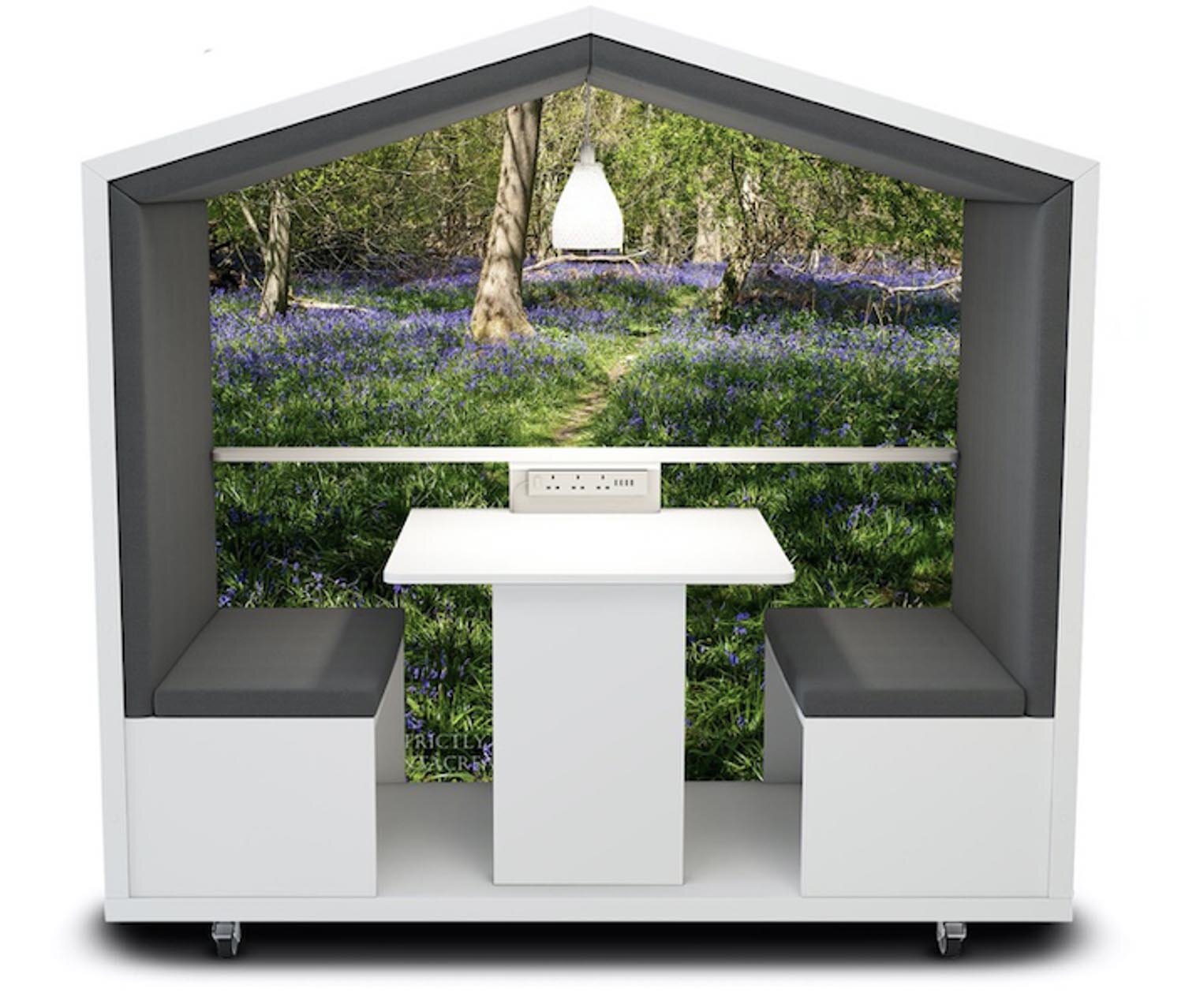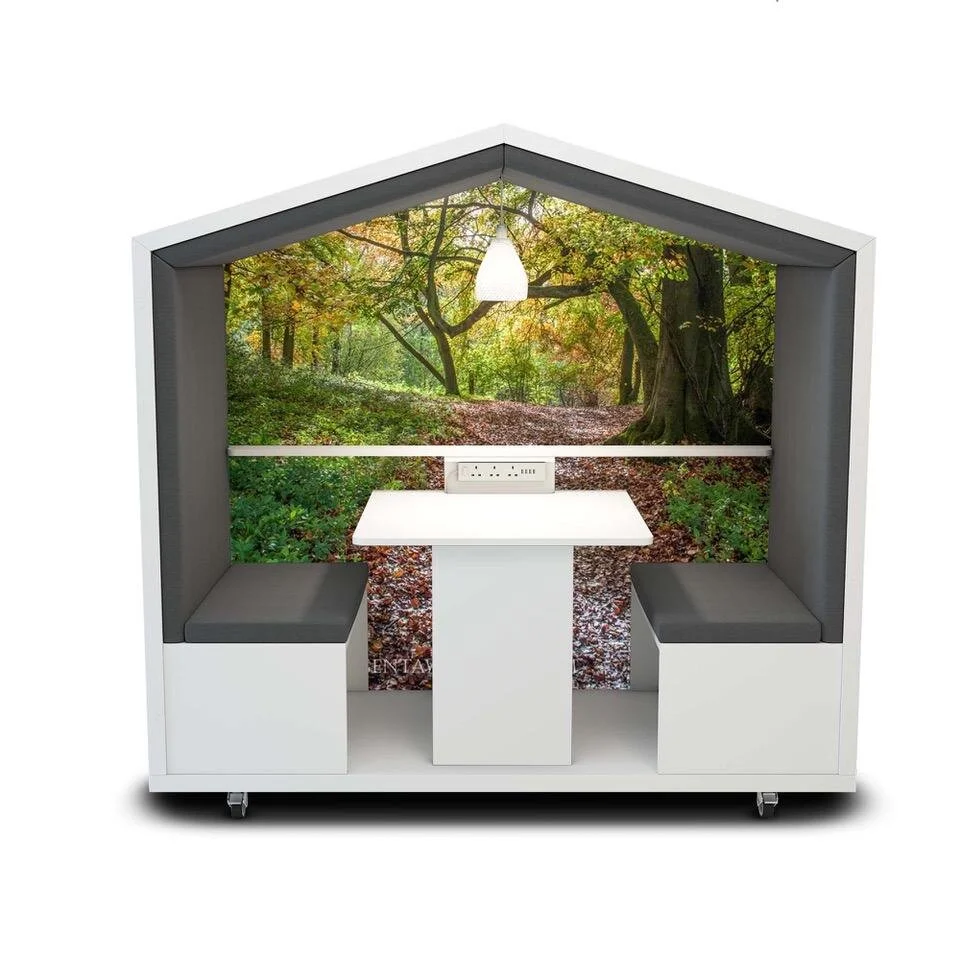Garden designer Lisa Norton has been pushing forward a beautiful biophilic approach to learning spaces that puts nature at the heart of education. For her, biophilic design is proving that our built environments can profoundly impact children's well-being and learning potential. Her journey from corporate sales to garden design was driven by a deep-rooted connection to nature, inspired by childhood days spent in her father's vegetable garden. Now, she's transforming schools into living, breathing environments that support children's mental and physical health.
"We are doing our children a disservice right now," Lisa says passionately. We need a change in the way we design schools. In a recent project at a Special Educational Needs (SEN) school, Lisa demonstrated the transformative power of biophilic design. By incorporating natural materials, organic shapes, and abundant greenery, she created spaces that fundamentally changed how children experience learning. The results were remarkable. "Some children came off medication," she reveals. "One child told me, 'I can think more clearly and breathe more deeply.'"
READ on and WATCH the interview…









